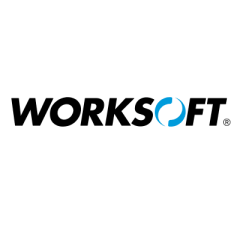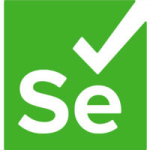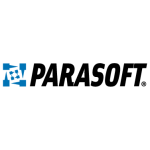What is our primary use case?
The primary use case is for SAP applications. We do some end-to-end testing of applications. We created a checking and boarding process for a flying scenario, which was innovative. For the back-end systems, we use it to do financial valuations.
We also have a SAP HCM module and SAP FI module where we are actively using Worksoft for our current automation.
How has it helped my organization?
We have Worksoft Certify on everyone's desktop. So, when we want to trigger automation, it is a advantage.
We use Worksoft Certify for smoke testing and regulation testing purposes.
What is most valuable?
There is no porting and it is easily adaptable. If you give it to a functional tester or business analyst, anyone can go, run the test, and analyze the results. It is easy to introduce automation tools to the team members. We have installed Worksoft for all of our team members. We have functional testers, business analysts, and manual test leads. We have an offshore automation team, as well as a functional team.
It is easily adoptable. I don't need to hire a highly skilled/trained person to learn it. For other tools, personnel need to be very professional and need to know how to use that tool beforehand, but very little education or help is required here. They can easily adopt and trigger the automation.
What needs improvement?
We are not using Certify in the development area, only in the functional or end-to-end areas, and there is a lot of activity going on in the development area recently. Right now, the development teams are using open source tools, like Jenkins. This would be a game changer if Worksoft could start in the development area.
Going forward, Worksoft will be integrating with Jenkins, which will be great for us.
A part of our CI/CD pipeline, we have to deploy through Cloud AWS. So, it is good to hear that they are moving to AWS too.
For how long have I used the solution?
Less than one year.
What do I think about the stability of the solution?
The stability is pretty good. I haven't seen any stability issues.
One year ago, our SQL Server database was running slowly with it. Then, we upgraded our SQL Server database to the 2016 version. Before that, we had only upgraded Worksoft without upgrading our database, so we were noticing some latency issues. Once we upgraded our database, I have not received any complaints from our team members.
What do I think about the scalability of the solution?
It is highly scalable and reusable. It is easy for team members to maintain and use with confidence. There is great versatility.
We have 16 applications that we do end-to-end testing using Worksoft.
How are customer service and technical support?
Worksoft technical support is pretty good. A few times where we upgraded, our team members communicated everything to Worksoft well, and issues were resolved pretty quickly. They are pretty supportive.
With one of our applications where we do check-in, Worksoft is not able to identify the Java-based application. We raised the ticket, but we were unable to resolve this using Worksoft.
How was the initial setup?
Worksoft already existed when I joined. I am part of the team that maintains it.
If someone in the company wants Worksoft, they call the technology desk. Then, they get the proper license and credentials. The initial setup for these cases is straightforward.
What about the implementation team?
Worksoft did the implementation. Our experience with them was great.
Later on, Cognizant took over from Worksoft.
What was our ROI?
The product has save us time by not needing highly skilled people, since it is hard to retain experienced development resources. Once we train our functional testers who are running the automation, they can the tool well and stable.
What's my experience with pricing, setup cost, and licensing?
Cost-wise, compared with other tools, it is a great product.
What other advice do I have?
Worksoft Certify is a great tool, which is easy to use and maintain, as no porting needed, development, nor high technical skills are needed.
Worksoft Certify is a great automation tool for SAP applications.
We do test UI. The UI is very dynamic, as it keeps changing, now and then. It's a very critical, where we are using Worksoft to create innovation. However, our goal is to validate financial valuations.
The company mainly uses Selenium for CI/CD processes for check-in. Therefore, each time a developers does a check-in, it automatically gives a bill with some pass/fail information, which includes Jenkins.
While we are not using the Capture 2.0 feature, it seems like it will be useful going forward with our end-to-end automation.
Disclosure: My company does not have a business relationship with this vendor other than being a customer.


















